6 Best Non-Toxic Laundry Detergent Options on the Market
Primal Edge Health participates in the Amazon Services LLC Associates Program and other affiliate programs and therefore, may collect a share of sales or other compensation from the links on this page. This comes at no additional cost to you, and all the prices and availability are accurate at the time of publishing.
Using non-toxic laundry detergent is a great way to keep your family safe from harmful chemicals and, at the same time, reduce your impact on the environment. However, what exactly is in non-toxic laundry products? And why do we need to make the switch ASAP?
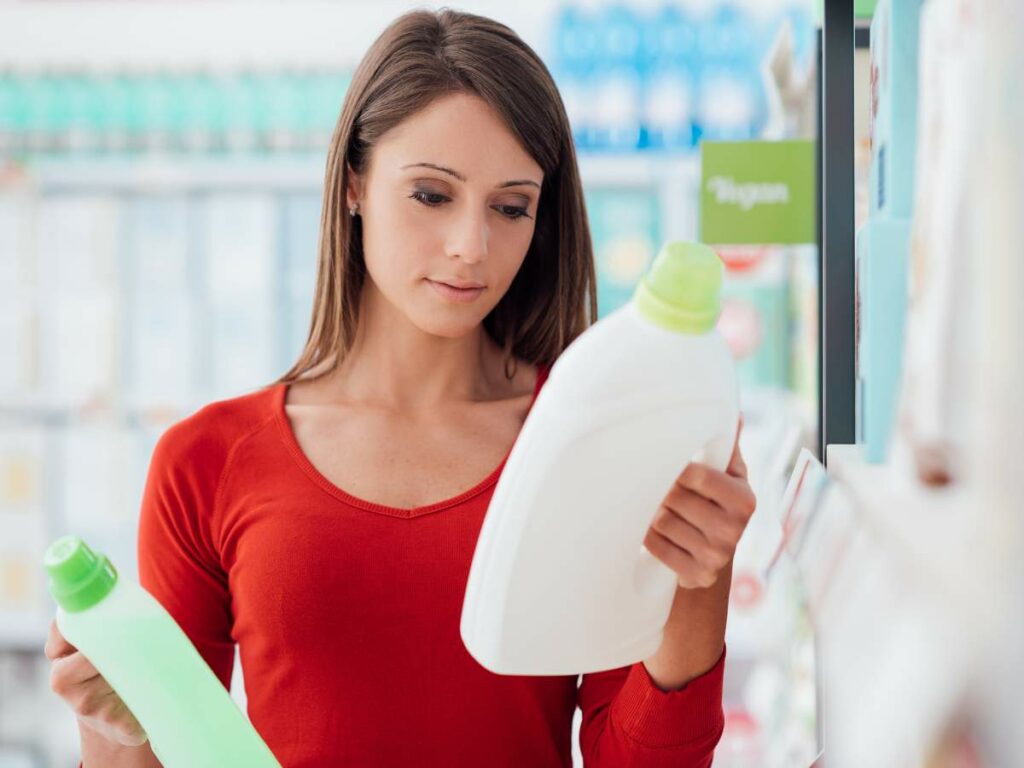
In this guide, we’ll go over the common toxins found in regular laundry detergent and the benefits of using non-toxic counterparts. Plus, I’ll highlight some of the tried-and-tested non-toxic laundry detergents you can consider switching to today.
What are Common Toxins in Laundry Detergent?
Most laundry detergents aim to serve three main purposes: Clean your clothes, kill bacteria, and make them smell good. Sadly, some manufacturers use harmful materials to meet these goals because safer alternatives are typically more expensive.
Consequently, some of the most popular and affordable laundry detergent brands contain chemicals that can harm people, animals, and the environment. Here are some common toxins that can be found in laundry detergent:
- Acetaldehyde and Benzene: A University of Washington study found that some scented laundry detergents and dryer sheets release dozens of volatile organic compounds (VOCs) into the air and surrounding environment, including these two carcinogens: acetaldehyde and benzene.
- Surfactants: Surfactants allow the detergent to combine with water and remove dirt easier. However, some surfactants can cause a number of health problems, such as skin irritation, respiratory problems, and mucus membrane damage. Surfactants also contribute to water pollution.
- Phthalates: These materials are used in laundry detergent to make the fragrance last longer, although manufacturers are not required to label phthalates explicitly. A study on the effect of phthalates on human health suggests that they are an endocrine disruptor and can increase the risk of endometriosis, obesity, asthma, and precocious puberty.
- Bleach: Some conventional laundry detergents contain bleach, but they may be under a different name, such as “sodium hypochlorite” or “optical brighteners”. Some brands may even say “no bleach,” but this might only refer to no chlorine bleach. Bleach, while helpful with removing stains, can irritate the eyes, skin, and lungs upon contact.
Sadly, the list of possible toxins in laundry detergent is long. According to Made Safe, other toxic ingredients might include:
- Formaldehyde
- Dyes
- Synthetic fragrances
- Benzyl acetate
- Ammonium sulfate
- Nonylphenol ethoxylates
- Ethylenediaminetetraacetic acid (EDTA)
- Parabens
- Phosphates
- Sodium lauryl sulfates (SLS)
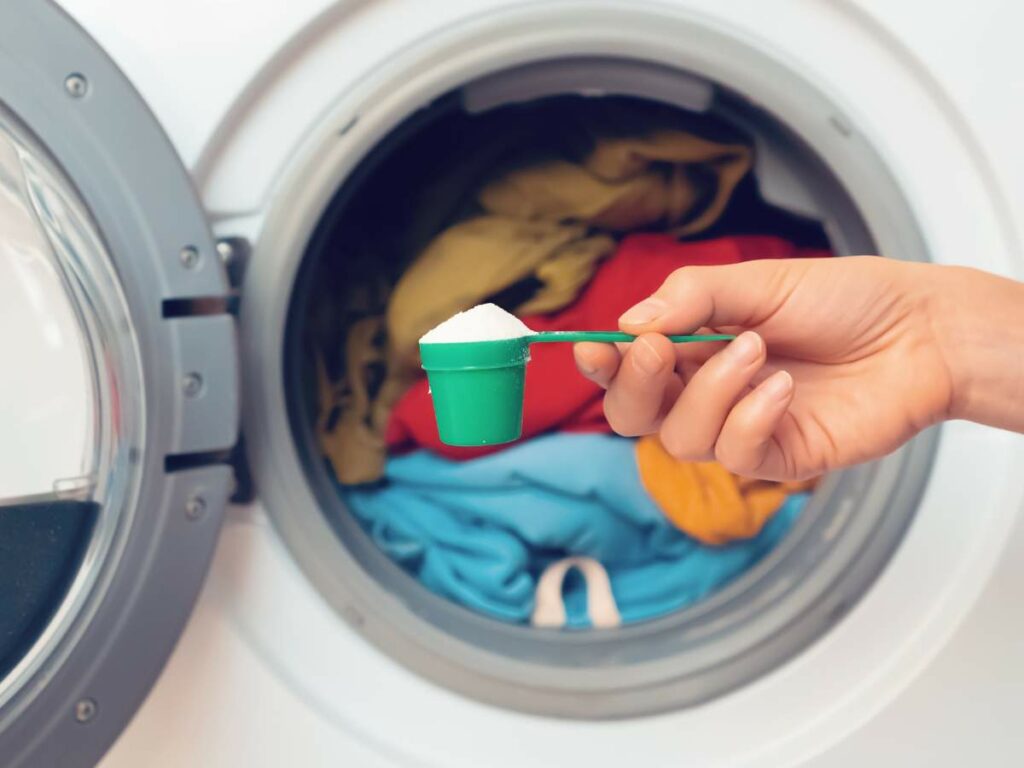
What is Non-Toxic Laundry Detergent?
Simply put, non-toxic laundry detergent cleans your clothes effectively without using harmful chemicals. Brands that produce non-toxic detergents aim to hit two birds with one stone: 1) avoid harmful effects on humans and 2) reduce environmental impact from manufacturing to household usage.
When looking for non-toxic laundry detergent, you want the ingredient lists to be as short as possible. At the same time, the ingredients should not include the harmful substances I mentioned above.
However, reading through the ingredient list of every laundry detergent can be tedious. Plus, not everyone is familiar with scientific-sounding names, and some brands might conceal potential toxins with other terms that not everyone can recognize (e.g., replacing bleach with sodium hypochlorite).
An easier way to find non-toxic laundry detergent is to look for some kind of green certification. The Safer Choice label by the Environmental Protection Agency (EPA) is a prominent one. Companies that pass Safer Choice standards ensure that their products are safer for:
- Human health
- Pets
- Workers
- Fish
- The environment
Moreover, Safer Choice products must have sustainable packaging to minimize environmental impact and meet pH standards to reduce the risk of irritation and injury. The EPA also restricts the Volatile Organic Compound (VOC) content of Safer Choice products to decrease indoor air pollution and respiratory risks.
I recommend looking for brands certified by the Environmental Working Group. EWG-Verified products are mostly cruelty-free and have minimal toxins.
What are the Benefits of Non-Toxic Laundry Detergent?
At this point, you probably already know that non-toxic laundry detergent is a safer choice for both your health and the environment. However, these advantages are simply too vague and might not be enough to convince you to make the switch.
Personally, knowing all the benefits of a safer laundry detergent made switching an easy choice. If it cleans clothes, that should be good enough, right? Well, here are some benefits you might be missing out on:
Reduce Negative Health Effects
The toxins found in regular laundry detergent can lead to a whole host of health problems. Skin and eye irritation are the two most common ones, even for people with no particular sensitivities.
Since these harmful substances come in direct contact with our bodies, they can easily cause redness, itching, and swelling. Artificial fragrances, bleach, and surfactants are often the culprit. Scented laundry detergent and fabric softener can also trigger migraines, especially for people with extra sensitivity to smells.
VOCs in some traditional laundry detergents can also cause significant lung damage with repeated exposure. The American Lung Association lists the following as potential effects of VOCs:
- Eye, nose, and throat irritation
- Nausea
- Difficulty breathing
- Central nervous system damage
- Cancer
- Asthma attacks
You can also find VOCs in other household products, such as disinfectants, air fresheners, pesticides, adhesives, floorings, and varnishes, to name a few. Refer to the American Lung Association’s page to learn how you can protect yourself and your family from VOCs.
For example, you can avoid the harmful emissions from store-bought candles by buying non-toxic candles or making your own candles at home. Here’s a recipe for DIY tallow candles to help you get started.
Furthermore, some toxic chemicals in laundry detergents can cause slow-to-appear but extremely harmful consequences, such as cancer and endocrine disruption. Sadly, it’s almost impossible to know if laundry detergent is causing these problems until it’s too late.
Safer for Sensitive Babies
If big-name-brand laundry detergent has the potential to harm adults, it’s only natural to think about what might happen if those toxins end up on babies’ skin. Baby skin is thinner and more sensitive, so, should you use special laundry detergent?
According to Dr. Larissa Hirsch from Nemours Children’s Health, washing your baby’s clothes in special baby detergent is not always necessary. However, she recommends doing so if your baby has allergies, contact or atopic dermatitis, or just plain sensitive skin.
Non-toxic laundry detergent is your safest bet when it comes to washing clothes for a sensitive little one. Talk to your pediatrician to see what brand they recommend for your specific situation.
Avoid Contact Dermatitis
Contact dermatitis is a type of eczema that causes irritation, itching, rashes, and redness when the skin comes in contact with an allergen. People with contact dermatitis often have to eliminate everyday products they keep having reactions to, including skin care, soap, shampoo, and laundry detergent.
If you have this condition, there’s nothing more annoying than being itchy all over because of your clothes. In this case, your doctor might recommend switching to more natural or hypoallergenic laundry detergents for sensitive skin, which are made with as few harsh chemicals as possible (or, ideally, none at all).
More Environmentally Friendly
Reducing your impact on the environment doesn’t always require grand gestures. In reality, the best way to help protect our world is through small but meaningful actions, such as choosing more eco-friendly cleaning products and non-toxic cookware.
Laundry detergent and fabric softeners are some of the biggest contributors to water pollution for the average household. Every time you do a load of laundry, all that water ends up in the water treatment facility where it is reused for other purposes or released back into nature. However, this process is not always perfect.
Laundry wastewater can end up back in our oceans, lakes, and rivers in the form of effluent. Effluent can be treated or untreated but has the potential to harm the environment either way. The toxins in laundry detergent can end up back in the places where swim, seep into groundwater, contaminate food, and cause significant damage to aquatic life.
Just imagine the amount of contaminants in fish. You wouldn’t want to eat something filled with toxins, would you?
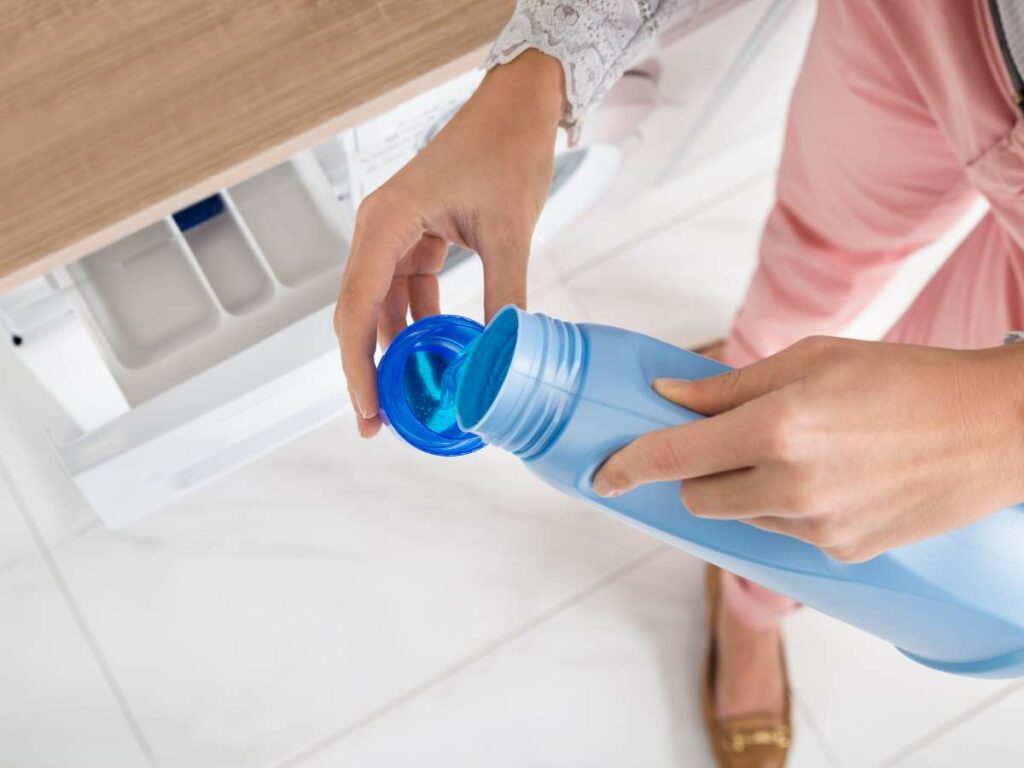
Is Non-Toxic Laundry Detergent More Expensive?
Green products, including laundry detergents that are deemed safer and eco-friendly, tend to have a bigger price tag than everyday products. I understand that this can be enough for you to hesitate, but environmentally-friendly products are more expensive for a lot of good reasons:
- Sustainable Manufacturing: Eco-friendly companies strive for the safest, most environmentally-friendly (or neutral) manufacturing routes. However, these alternative pathways are not always cheap, which is why big brands choose the cheaper methods.
- Eco-Friendly Packaging: Like the product itself, sustainable packaging is often more difficult to procure and produce, leading to a bigger price tag.
- Certifications: Brands have to pass certifications to be considered eco-friendly, and this often comes with rigorous and costly testing.
So, yes, non-toxic laundry detergent can be more expensive than your grocery store brand. However, I think those extra dollars are ultimately worth it for your family’s health and the environment.
6 Best Non-Toxic Laundry Detergent
When you first switch to non-toxic laundry products, the number of options that greet you can be daunting. Hence, I’ve compiled a list of the safest laundry detergents that work best for me and my family:
Molly’s Suds Laundry Detergent Pods
If you prefer to use powder instead of liquid detergent, Molly’s Suds is my top recommendation. These laundry detergent pods contain a concentrated formula that can remove stains easily. I have two kids who like to play outside, and these have been a lifesaver for those stubborn grass stains and the occasional mud splash.
Molly’s Suds products are made with natural, clean ingredients that are safe for sensitive skin and your washing machine. Plus, unlike those big hulking bags of laundry powder, these laundry pods won’t take up that much space in your laundry room.
Cleancult Laundry Detergent Liquid Soap
Want something scented but not harsh? Try Cleancult Laundry Detergent Liquid Soap. This liquid laundry detergent is safe for your health, the environment, and your clothes, removing tough stains and odors with gentler ingredients. I tried the Wild Lavender, and it makes my laundry room (and our clothes) smell fresh and floral.
Another huge plus about this product is its packaging, which uses plant-based ingredients instead of plastic jugs. However, don’t be fooled by the tiny carton—a 32-ounce container can wash up to 64 loads. Yup, I tried their claim and it’s true!
Pronounce Laundry Detergent Powder
Pronounce boasts ingredients that you can easily pronounce, hence the name. Their laundry detergent powder contains natural, plant-derived ingredients, including washing soda, baking soda, Epsom salt, soapberries, and enzymes. No artificial dyes, fragrances, sulfates, or any other yucky ingredients.
Pronounce is my top organic laundry detergent for people with eczema and babies with sensitive skin. I prefer unscented, but it’s also available in lavender if you want a natural fragrance.
GileoParl Eco-Friendly Detergent Sheets
I have to admit, I was hesitant to try laundry sheets after being so used to powder and liquid, but I gave this one a try and it worked better than I expected. GileoParl’s Laundry Detergent Sheets are small but work just as well as your regular detergent. It’s my absolute favorite for travel days.
Like all the options on this list, these laundry strips are safe and non-toxic for everyone, including babies. The scent, extracted from natural ingredients, is mild and offers just enough fragrance for your clothes to smell clean.
CLEARALIF Laundry Detergent Sheets
After trying laundry detergent sheets for the first time, I wanted to explore other brands. That’s when I stumbled across CLEARALIF’s Laundry Detergent Sheets. It’s an absolute must for people who want to save space, especially for those traveling or living in small spaces.
Just like GileoParl’s, these sheets cleaned my family’s clothes thoroughly, even taking out stubborn sweat and food stains. It’s also super cheap, with one box going up to 160 loads, which is a huge plus if you have loads of laundry.
Dr. Suds Natural Laundry Detergent Powder
Dr. Sud’s Natural Laundry Detergent Powder keeps it simple and no-nonsense. The ingredients are as natural as they can be, with no harmful chemicals or unnecessary fragrances included. I highly recommend this one if you have very sensitive skin or are sensitive to smells.
Aside from its non-toxic formula, this detergent won me over because of its super low cost per load. I use just one scoop for a full load, meaning I can stretch an entire container out for at least two months.
How to Make Your Laundry Routine Safer and More Eco-Friendly
Toxic laundry detergent isn’t the only cause for concern when it comes to your laundry routine. Here are a few more ways you can make laundry safer for your family, pets, and the environment:
- Buy Refills: Opt for refills instead of regular containers. Refills usually use less packaging and may cost less than the regular product. I like transferring my detergent into airtight containers but still keep the packaging, or at least a clipping, around in case I need to read the safety instructions.
- Skip the Fabric Softener: Using fabric softener for every load can increase the buildup in your washing machine and reduce the integrity of your clothes over time. I stopped using it years ago and never missed it. On that note, I also stopped using toxic candles. Alternatively, you can use fabric softener made for sensitive skin.
- Wash Full Loads: Always make sure each load is full before firing up your washing machine. Washing less-than-full loads is a huge waste of electricity, water, and detergent.
- Consider Opting for an Energy-Efficient Machine: If your washing machine or dryer is using more electricity than it should, consider switching to ones with an Energy Star Rating (meaning they’re energy-efficient).
- Use Just the Right Amount of Detergent: Too much detergent will pollute your wastewater more than necessary. Plus, it can leave a soapy residue on your clothes. Use just the right amount as indicated on the package.
- Air Dry Clothes: If your neighborhood permits it, try hanging clothes to dry on a line outside instead of the dryer. Doing so adds a vintage flair to the home and saves you money on electric bills. If you must use the dryer, try using wool dryer balls to speed up the drying process.
- Lower the Wash Temperature: Hot water consumes more energy and may increase the wear and tear on your clothes faster. Try washing with cold water.
- Check Your Dryer Vent: Most homeowners forget this crucial task and end up with clogged dryer vents (or, in worst cases, house fires). Make sure to check and clean your dryer vents at least once a year. You may need to do it more frequently if you wash more clothes than the average family.
- Keep an Air Purifier Running: An air purifier can help minimize indoor air pollutants that come from household cleaning products.
Create a Healthier Laundry Routine with Non-Toxic Laundry Detergent
Harmful chemicals can end up in our homes in the ways we least expect it. Unfortunately, it’s up to us to discern against toxic cleaning products that these big companies put on grocery store shelves.
On a brighter note, eco-friendly brands are making it easier for us to make greener choices. Armed with the knowledge you just learned, find a safe laundry detergent that will do the job without causing unnecessary harm.
Want to learn and keep learning about healthy living? Explore Primal Edge Health for more articles, tips, and recipes!

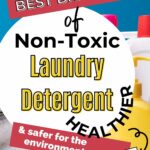



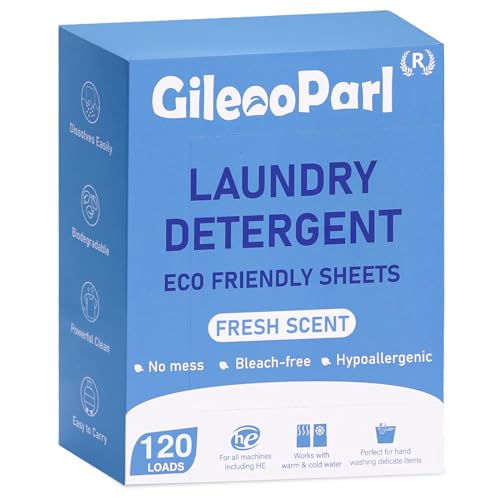
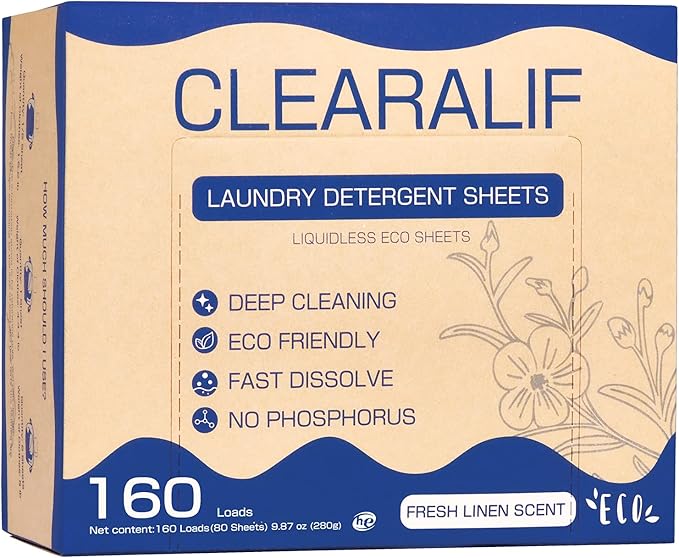

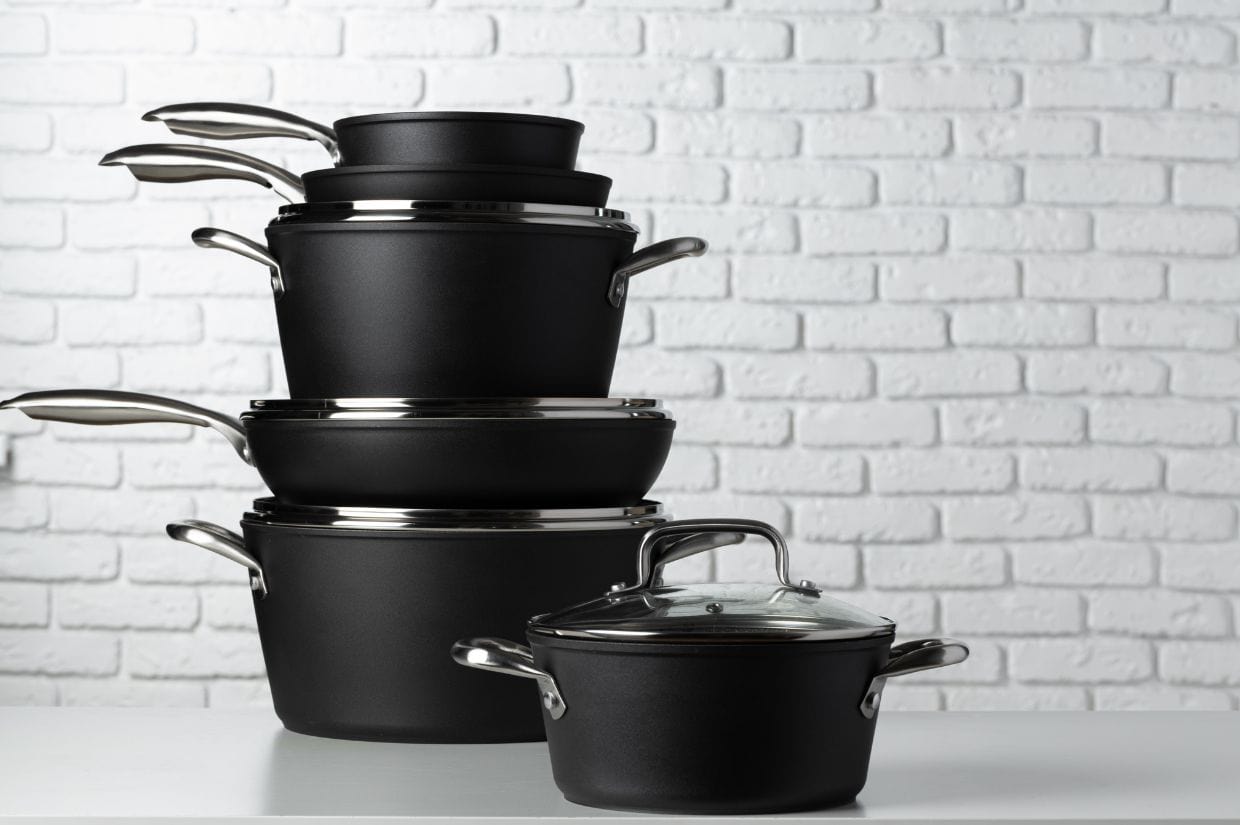
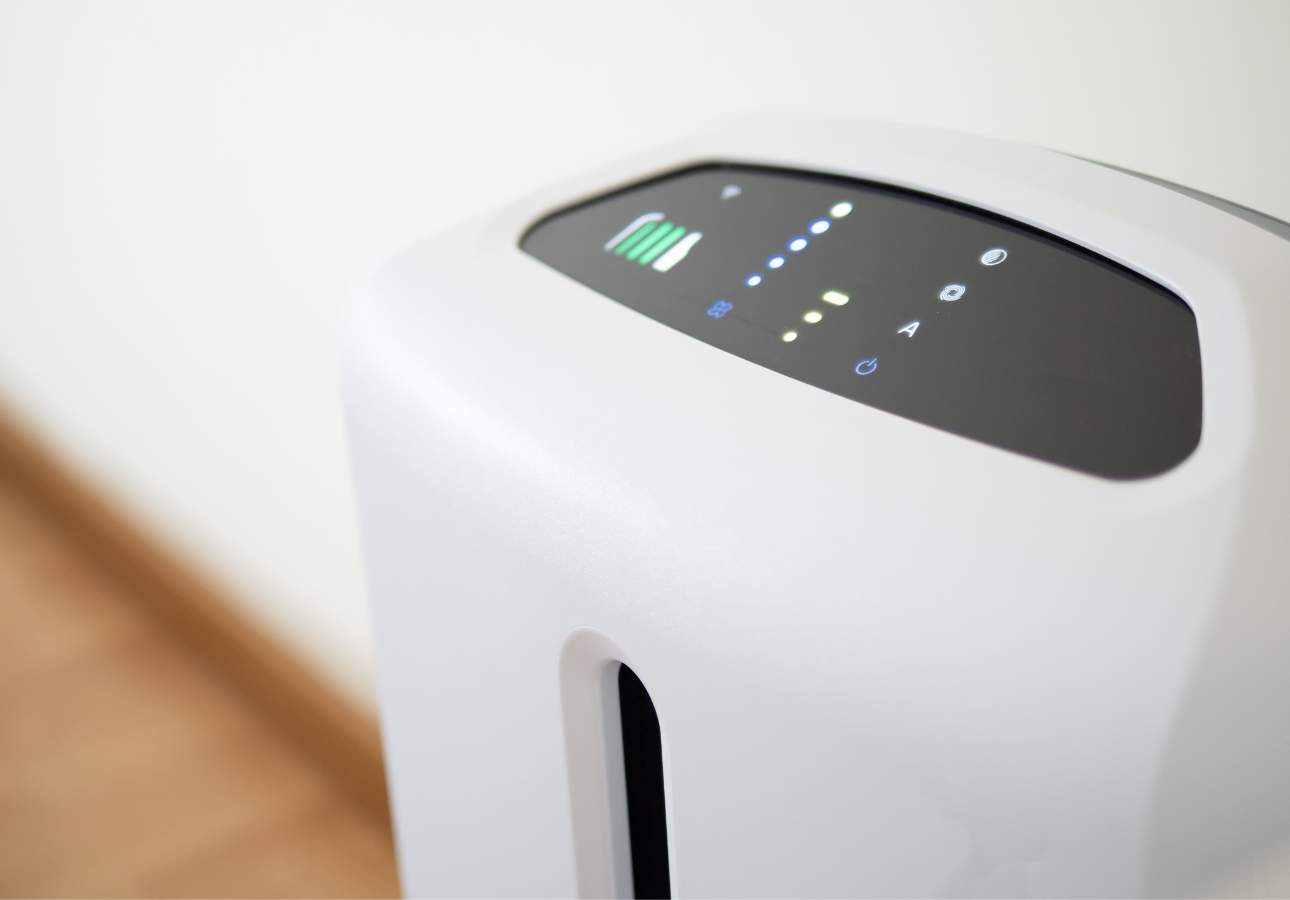

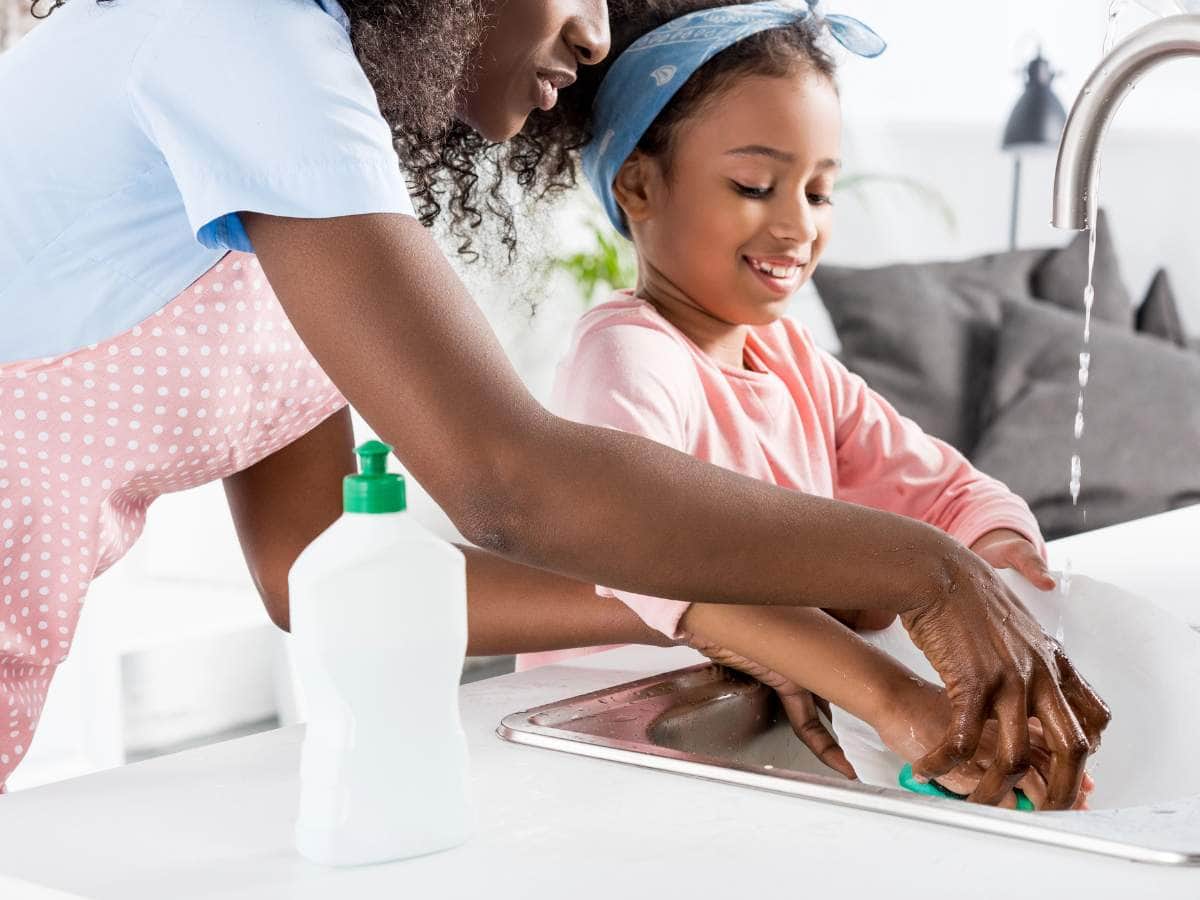
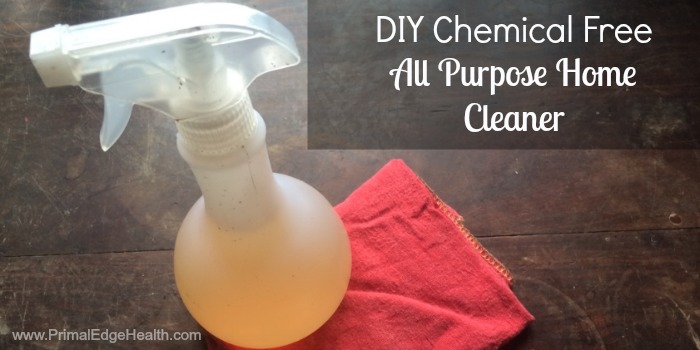
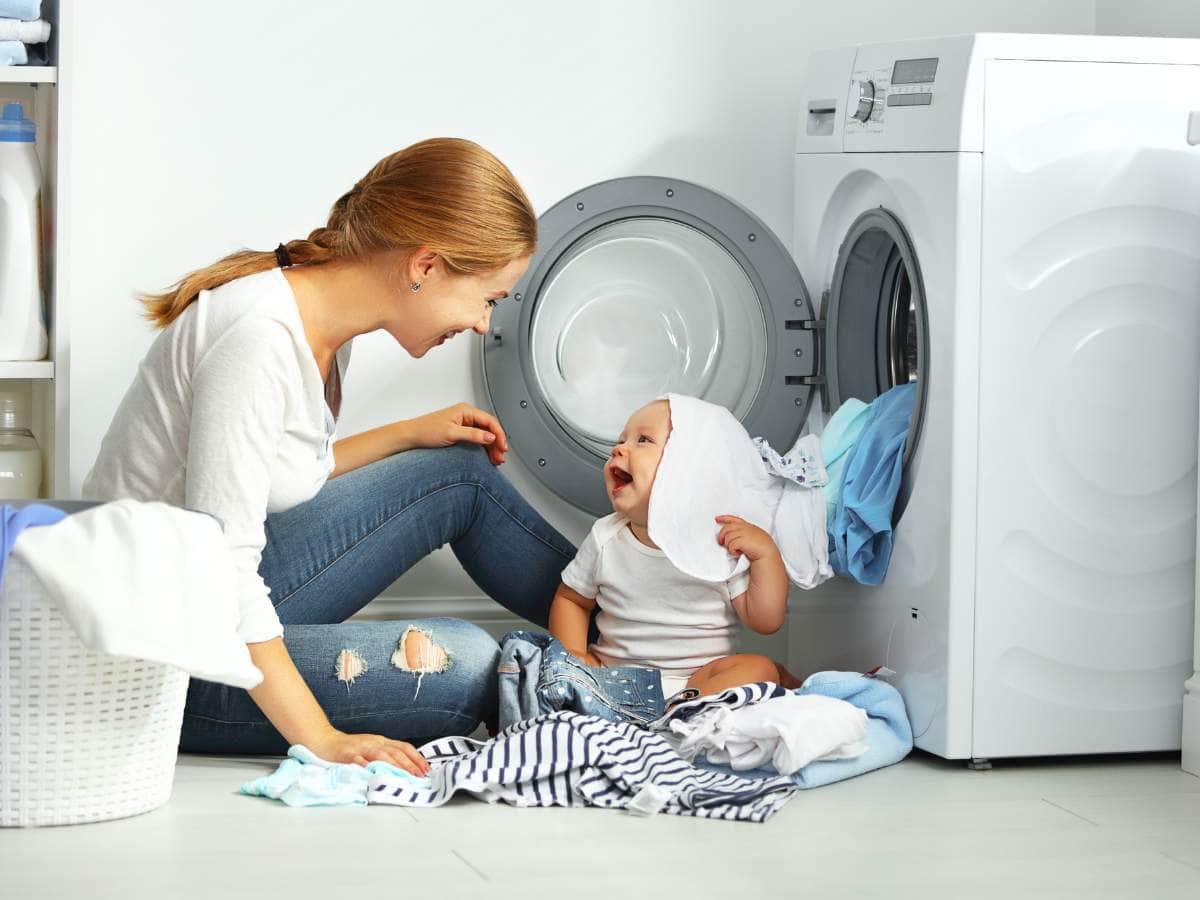
We have been using non-toxic and unscented laundry detergent for years, but when I read the part about commercial detergents sometimes causing migraines it made something click. I ALWAYS get migraines when I stay for holidays at my relative’s house and I think it might be the super perfumed detergent they use. Next time we visit I’ll try bringing my own and see if it helps.
That’s a good idea, Alyssa and worth trying. Thank you for the comment!